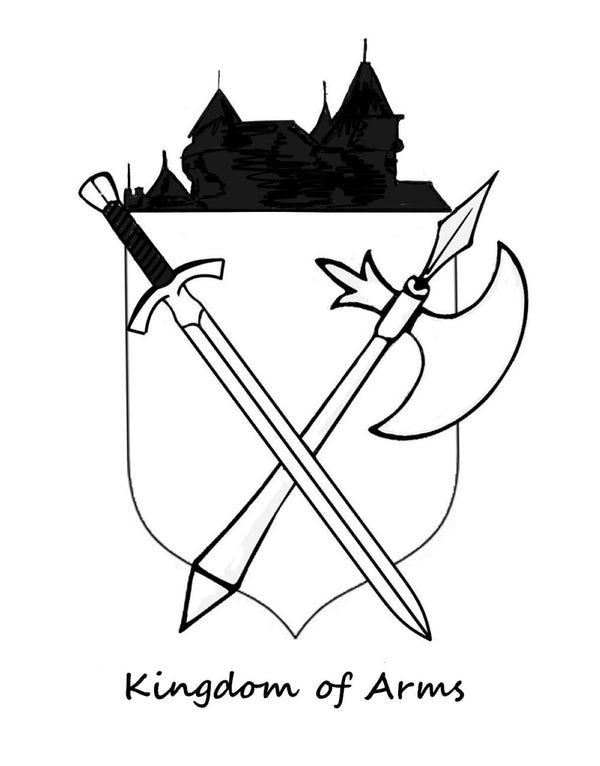
Why the Roman Mainz Gladius Was the Ultimate Weapon of the Legionnaires??
Share
The Mainz Gladius is one of the most iconic weapons of Ancient Rome. Known for its deadly efficiency and elegant design, it became a symbol of Roman military dominance. This article explores why the Mainz Gladius was not just a tool of war but a key factor in the success of the Roman legions.
The Design and Origins of the Mainz Gladius
Transition from Early Roman Swords
Before the Mainz Gladius, Roman soldiers primarily relied on weapons inspired by Greek and Etruscan designs. These early swords, while effective, lacked the versatility required for diverse combat scenarios.
The Mainz Gladius emerged during Rome's expansion, influenced by the swords of the Iberian Peninsula. Its name originates from the German city of Mainz, where examples were first discovered. Unlike earlier swords, the Mainz Gladius combined cutting and thrusting capabilities, making it a superior choice for battlefield use.
Key Features of the Mainz Gladius
The Mainz Gladius was characterized by a short, double-edged blade, measuring 18-22 inches in length. Its pronounced midrib added strength, allowing for deep thrusts. The blade tapered to a sharp point, ideal for piercing armor and enemy shields.
The hilt was ergonomic, ensuring a firm grip even during prolonged battles. Soldiers could wield it with precision, making it a versatile tool in combat. This design enabled soldiers to adapt to the chaotic nature of close-quarters engagements.
*The Tactical Advantages of the Mainz Gladius
i.Effective in Close-Quarters Combat
The compact size of the Mainz Gladius made it perfect for the tight formations of Roman legions. Soldiers fought shoulder-to-shoulder, relying on their shields and short swords to overpower adversaries.
Its ability to stab and slash gave soldiers an edge in confined spaces, such as during sieges or when engaging enemy infantry. The sharp point allowed Legionnaires to deliver fatal thrusts with minimal effort, reducing the energy needed for extended engagements.
ii.Complementing Roman Military Strategy
The Mainz Gladius was more than just a weapon—it was a tool of Roman strategy. It worked seamlessly with the Roman shield, or scutum, allowing soldiers to attack while remaining protected.
Legionnaires trained extensively in formations like the testudo (tortoise), where the Mainz Gladius was essential for striking without breaking formation. This coordination maximized the effectiveness of the Roman military machine, contributing to their dominance across vast territories.
*Legacy of the Mainz Gladius in Roman History
i.Influence on Later Sword Designs
The success of the Mainz Gladius influenced the development of later Roman swords, such as the Pompeii Gladius. Its design principles continued to inspire military equipment for centuries.
The emphasis on balance, durability, and precision became hallmarks of effective weapon design. These innovations set a standard that was difficult to surpass in the ancient world.
ii.Cultural Significance of the Gladius
The Mainz Gladius was not only a weapon but also a symbol of Roman identity and power. It was often depicted in Roman art and literature, signifying the might of the empire.
Ceremonial versions of the gladius were used in military parades, further cementing its role as a cultural icon. Even today, it serves as a reminder of Rome's unparalleled military ingenuity.
By understanding the design, tactical use, and historical significance of the Mainz Gladius, we gain insight into the factors that made the Roman legions one of the most formidable forces in history.


